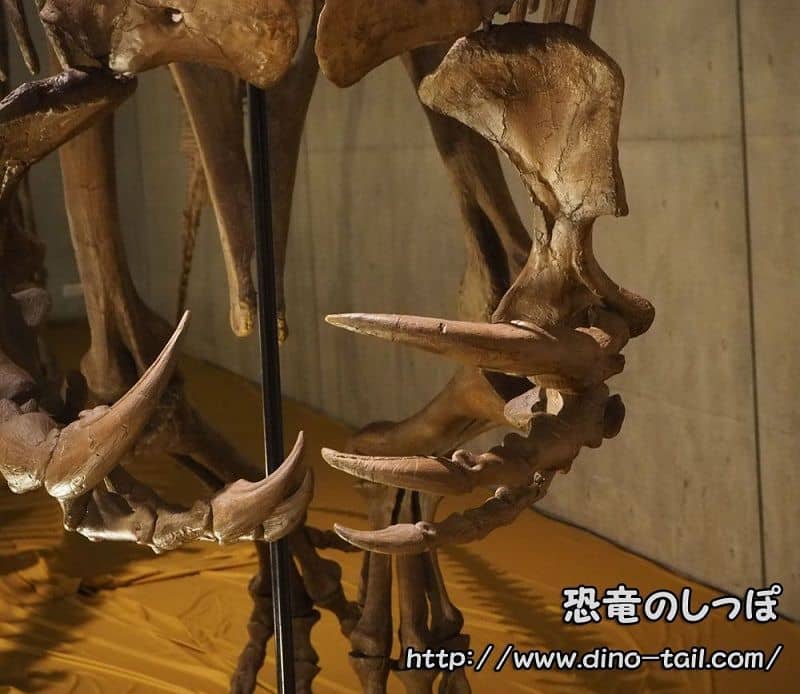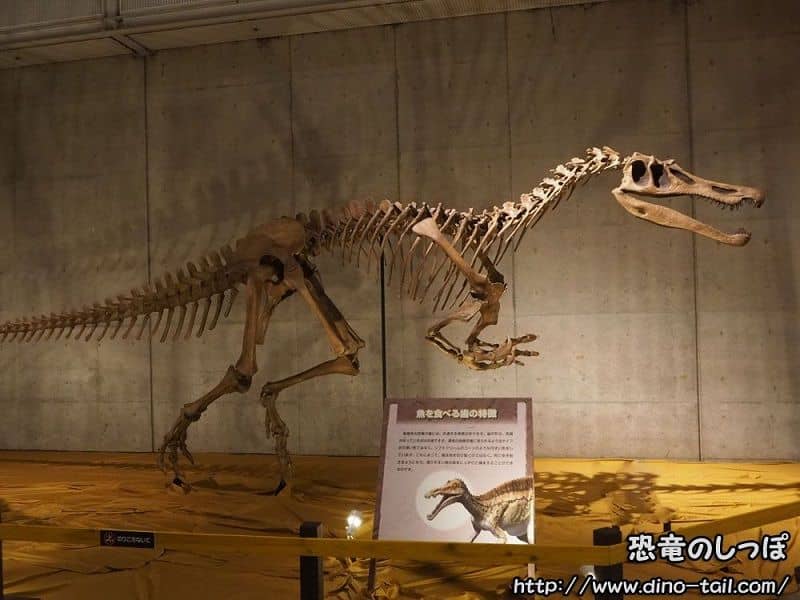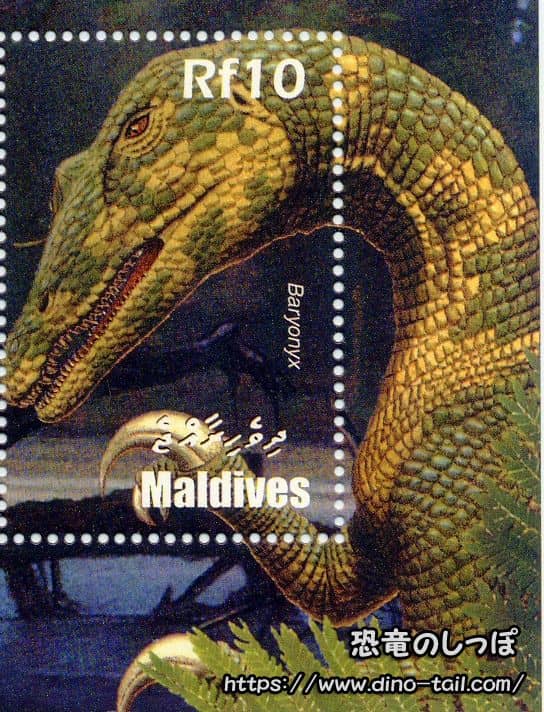About Baryonyx
| Scientific Name (Genus) | Baryonyx |
| Name Meaning |
Heavy Claw
barys (heavy) [Greek] - onyx (claw) [Greek] |
| Classification | Saurischia, Theropoda (Tetanurae) |
| Total Length | Approx. 7.5-8m |
| Diet | Piscivore (Fish-eater) |
| Period | Early Cretaceous (Approx. 125 million years ago) |
| Species | Baryonyx walkeri |
| Year Described | 1986 |
| Publication | Charig, A. J.; Milner, A. C. (1986). Baryonyx, a remarkable new theropod dinosaur. Nature, Volume 324. |
Characteristics
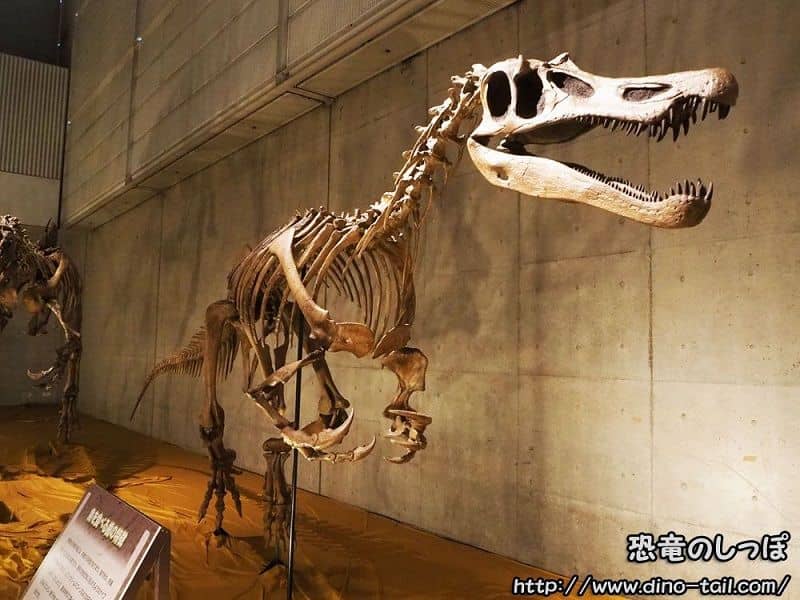
Baryonyx, meaning "heavy claw," lived in England during the Early Cretaceous period (about 125 million years ago). It is estimated to have been 7.5 meters long and weighed 1.2 tons.
The first digit on Baryonyx's forelimb was a large claw, about 30 cm long, which is the origin of its genus name "heavy claw."
Its jaw was long and narrow like a crocodile's, with 96 conical, "spoon-shaped" teeth. The upper jaw had a distinct notch that interlocked with a raised part of the lower jaw. This structure is thought to be an adaptation for securely gripping slippery prey (fish).
It had a small, triangular crest on its nasal bones. Also, its nostrils were positioned further back on the snout compared to other theropods, which may have been an adaptation to easily keep its snout above water while hunting.
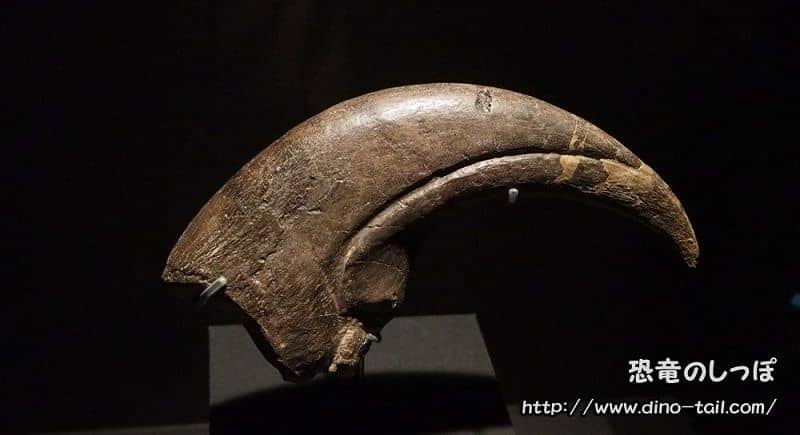
Collection of the Natural History Museum, London
The exact use of the claw is unknown, but theories suggest it was used "to impale prey (fish)" or "as an anchor to resist river currents."

The neural spines of its vertebrae became taller towards the hips, with one being particularly elongated, suggesting it had a low hump or fleshy ridge on its back, rather than a giant sail like its later relative, Spinosaurus.
A 2017 histological study of growth rings showed that a mature Baryonyx individual (a specimen found in Portugal) died at the age of 23-25. This is estimated to have been the lifespan of Baryonyx.
Sediments from where the fossils were found indicate that Baryonyx preferred freshwater environments. They lived in aquatic habitats such as vast floodplains, swamps, deltas, and marshy lagoons. This environment was part of the extensive freshwater and brackish "Wealden Lake" that stretched from present-day southern England to northern France. The climate appears to have been subtropical.
Diet of Baryonyx
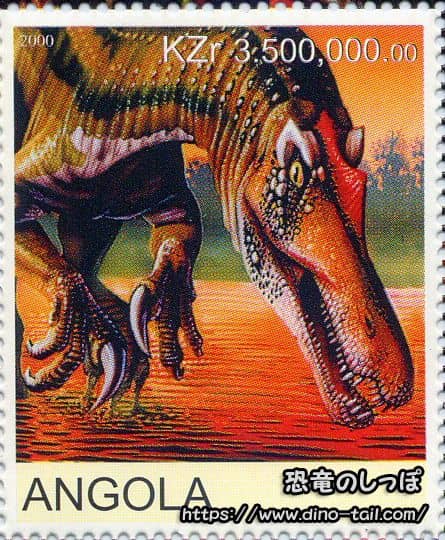
When the Baryonyx fossil was discovered, a large amount of fish scales was found in its stomach area. Furthermore, unlike the teeth of dinosaurs like Tyrannosaurus, its teeth lacked steak-knife-like serrations but had a structure that prevented slippery prey from escaping, supporting the "piscivore theory."
However, it seems it didn't *only* eat fish. Undigested bones of a young Iguanodon were also found in Baryonyx's stomach.
While Baryonyx primarily ate fish, its jaw is not thought to have withstood the extreme forces of struggling with large prey, suggesting it may have targeted relatively small animals or been a scavenger, feeding on the carcasses of large animals.
Discovery by an Amateur Fossil Collector

In January 1983, amateur fossil collector William Walker found a large claw and phalanx near Ockley in Surrey, UK. He didn't initially know what fossil it was, but realizing its importance, he contacted paleontologists at the Natural History Museum, London. That same year, British paleontologists Alan Charig and Angela Milner, along with museum staff, excavated the site and collected about 65% of the skeleton, including the skull, amounting to 2 tons of fossils over six months. William Walker donated the large claw fossil he had found earlier to the museum. This discovery was a major breakthrough in understanding the previously mysterious ecology of the Spinosauridae family.
In 1986, Alan Charig and Milner published the paper "Baryonyx, a remarkable new theropod dinosaur" in the global scientific journal Nature, describing the new genus and species of theropod, Baryonyx walkeri.
The genus name "Baryonyx" (=heavy claw) was derived from the large claw found by William Walker, honoring him as the first discoverer.
Baryonyx Stamp & Fossil Gallery
